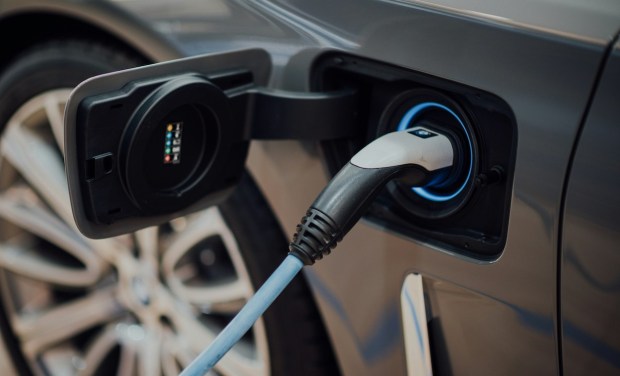
Earnings season’s puts and takes in the electric vehicle industry show just how long and winding the road will be to ubiquity.
There will be bumps on the journey, with massive consumer acceptance a fervent hope from scores of firms making the vehicles and chargers, but mass adoption is no sure thing.
Earnings materials from Tesla last month showed that total production of vehicles was up 13%, outpaced by deliveries, which were up by 19% to respective tallies of just under 500,000 and around 485,000 vehicles.
At the end of the most recent quarter, there were more than 176,500 operating leases in effect, up 26% year on year, but only about 1.9% sequentially. The company’s revenues were up 3% year on year to $25.2 billion, and operating margins were down, cut nearly in half to a bit more than 8%. The company warned that vehicle volume growth rates may be “notably lower than the growth rate” achieved in 2023.
There’s some fine-tuning of the business model afoot — and seemingly one that seeks to broaden consumer reach. Tesla announced in 2019 its move to an online-only sales model (and opened a digital store via Amazon). The company said at the time that the shift could lower vehicle prices by about 6%, adding the move would let it “achieve the $35,000 Model 3 price point earlier than we expected.”
Elsewhere, there’s evidence of other price cuts. Ford, for example, said earlier this month that it is cutting the price of the Mustang Mach-E. GM has scaled back previous plans to produce more than 400,000 electric vehicles by mid-2024.
Rivian, backed by Amazon, said in its earnings report that it is cutting staff per a statement from CEO RJ Scaringe.
“We firmly believe in the full electrification of the automotive industry, but recognize in the short-term, the challenging macro-economic conditions,” Scaringe said.
The company will look to produce 57,000 vehicles this year, down from the more than 57,300 vehicles that were produced in 2023.
Beyond the price points — where the vehicles can run consumers more than $60,000 — there are pressures in the electric vehicle charging space. The chargers are critical lifelines to keeping the vehicles themselves out on the road, but profits remain elusive, and share prices have been battered at many firms such as ChargePoint and Blink Charging.
There’s a bit of chicken and egg situation here. Consumer demand for the vehicles would spur more charging stations deployed at gas stations, along highways and at retailers. However consumer demand might face headwinds given the perception that there are not all that many charging stations out there.
Hundreds of thousands of charging stations are needed to scale to various industry and government initiatives, but as of the end of 2023, there were only about 160,000 electric vehicle charging stations in the United States.
“The problem facing [the] EV ecosystem today is there were not enough early adopters to create sufficient demand for suppliers of charging stations, so the U.S. lacks the density of fast charging stations that later adopters of EVs would require to give up gas,” PYMNTS CEO Karen Webster wrote Dec. 4.
In the meantime, reports circulated last week that the President Joe Biden administration might, through the Environmental Protection Agency, delay some requirements on auto emissions that would have increased electric vehicle adoption rates.